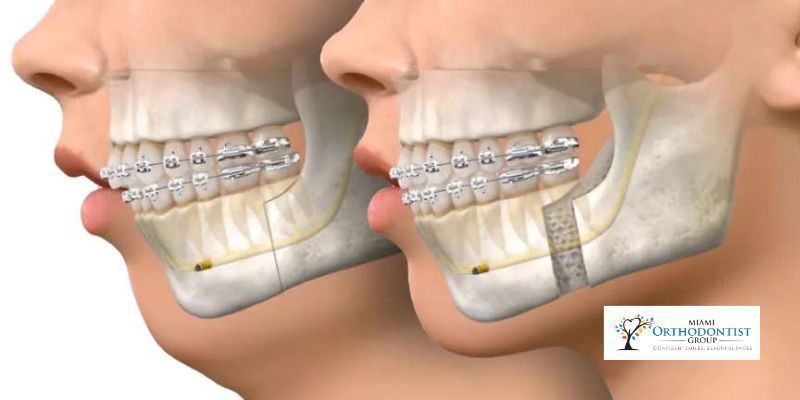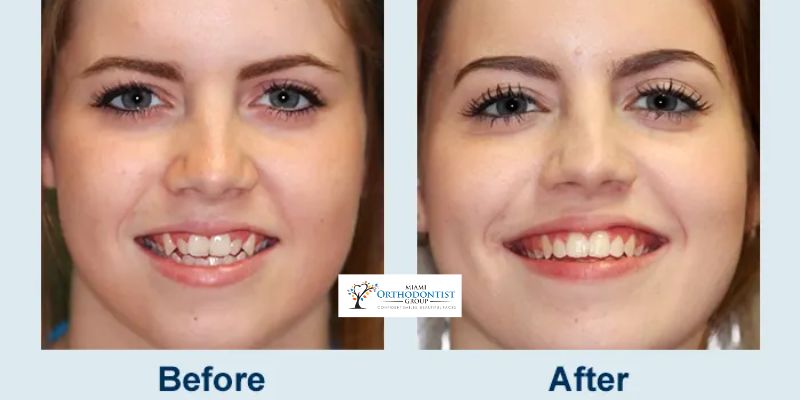Jaw misalignment, or malocclusion, can lead to many issues, ranging from difficulties in chewing and speaking to facial asymmetry and even breathing problems.
Dentofacial orthodontics stands out as a specialized area focused on correcting misalignments within the teeth and the overall structure of the face.



